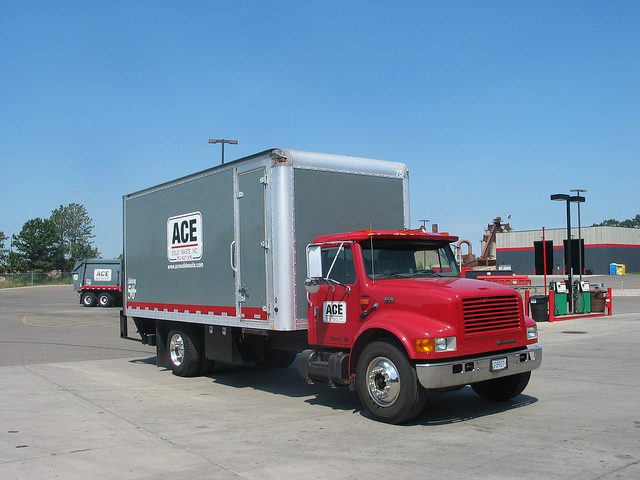Recently, Night Shift Brewery in Everett, MA announced they will be starting their own beer distribution company. They will distribute Night Shift beers along with beers from other craft breweries.
Their tag line: “We get it, they don’t.” A reference to the often difficult relationship between distributors and craft breweries in certain areas of the country.
Unfortunately, Night Shift and many other craft breweries have had unpleasant experiences with their distributor partners. As a CFO for a beer distributor, and someone who has seen these relationships work very well, this whole deal makes me a little sad.
For the purpose of this article, we’ll set aside the emotion and those occasionally contentious distributor-craft brewer relationships, and focus on the economics of self-distribution for craft breweries. In other words, what does it cost to self-distribute, can you make any money at this, and is it the right choice for your craft beer business?
The financial pro forma, a method to project the anticipated revenues and expenses of self-distribution, will help guide the decision making process. If you didn’t love numbers before, you are going to be head over heels after this process.
Side note: In some states, due to alcohol regs, self-distribution is not an option for craft breweries. If this is your scenario, you’ll want to check out the upcoming article, Keys to Successful Distributor-Craft Brewery Relationships. In that piece we’ll hear from industry experts on what they feel are the most important components to building better business relationships. If you can’t distribute your own beer, or prefer not to, this article will provide ideas to make the best of your distributor-partner connection.
Benefits of self-distribution
The benefits of self-distribution are clear: the craft brewery gets to keep the gross profit that would otherwise go to the distributor. The distributor gross profit will vary based on a number of factors, but an average is about 25% of the price to retailer. Take 25% of expected sales, and this is a reasonable revenue projection which can be used to cover distribution costs.
For instance, if projected sales to retailers are $500k, the distributor margin would be $125k. This represents the additional dollars available to fund the self-distribution business.
Freedom and control are also benefits of a self-distribution model. The brewery can distribute where they want, with a singular focus on their products. This eliminates the concern about lack of focus from a distributor, or getting lost in a large portfolio of other products.
Costs of self-distribution
The costs of self-distribution are less obvious at first, but become painfully clear once entering the distribution game in earnest.
Start-up costs include warehouse space, warehouse equipment, and delivery trucks. The amount of space and number of trucks will depend on how many products will be carried and accounts serviced.
The method to pay for these costs – by lease or purchase – will also influence the financial results. For instance, a lease arrangement will allow for less money up front, and avoid having to tie up too much capital in trucks and equipment. However, the sum of the lease payments may end up being significantly more than an outright purchase.
More people are needed to do the work involved with self-distribution – selling, picking and loading product, delivering, and merchandising product on the retailer shelves. Some retailers require weekend service, and some expect the distributor to produce signage and point of sale items. Still others expect draft line cleaning or installation work as well.
Then there’s the cost of carrying and managing additional inventory. This is important to plan for especially if other craft beers will be distributed. Additional working capital (cash or line of credit) may be needed to finance the purchase of inventory.
Aside from the dollars and cents, a big question when evaluating self-distribution is – What business do you want to be in? Where is your expertise? What is your passion?
In business we make decisions based on facts and sound judgement. The pro forma will provide the facts about whether a self-distribution model makes financial sense for your business. The sound judgement will come from your experience, research and understanding of the market.
Consider the economics – all the costs associated with self-distribution and all the potential margin and revenue in play. Do the math. Then consider the business question – what business do you want to be in?
For a deeper dive on the revenues, expenses, key metrics and hidden pitfalls associated with self-distribution check out the free PDF below.


